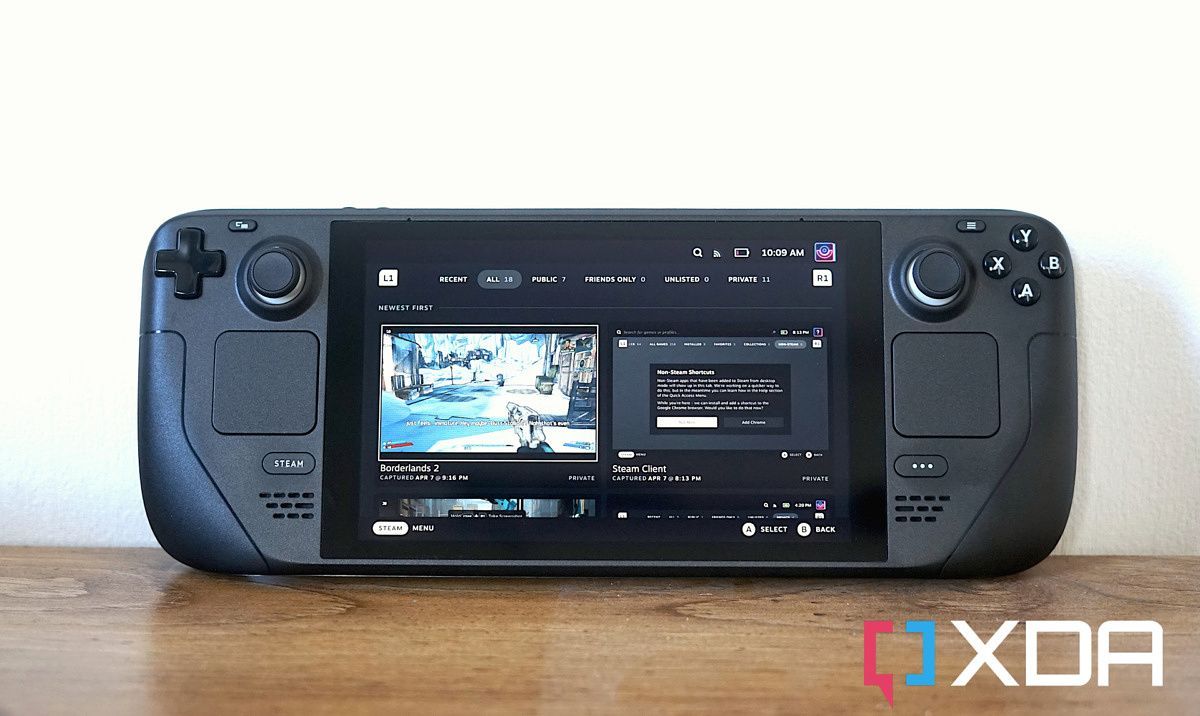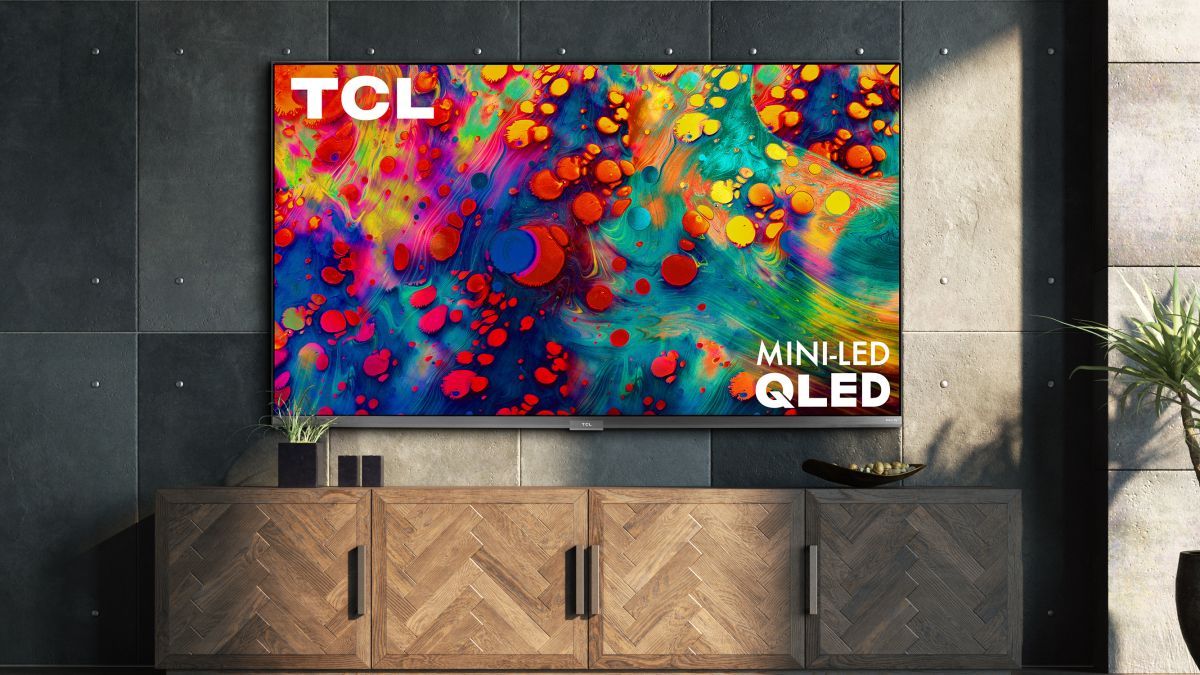Why I like Linux on my Steam Deck but not my desktop
I'm not a big fan of Windows. I'd best describe it as janky, with weird bugs that pop up from time to time. This wouldn't be much of an issue, except some require me to go into the registry to clean it up. Windows has a lot of problems, and its chief competition on PCs is Linux, which is often heralded as the OS that gives you freedom in the way Windows doesn't.
However, as bad as Windows has been, Linux, as it currently exists, can never replace it. The customization Linux offers is actually part of the problem, which is a direct contradiction against the typical talking points of Linux fans. Rather than being the champion of independent users going their own way, Linux is really the champion of companies that want to create custom software to offer experiences that can't exist on Windows. That's why it's been used so successfully with the Steam Deck and why it's the one thing that convinced me to use Linux at all.
The problem with Linux and why I can't switch
My first serious use of Linux was installing HoloISO, a SteamOS clone for regular PCs, on a custom Steam Machine I made using off-the-shelf parts. I was aware I'd have to do some stuff manually, but I wasn't prepared for all the troubleshooting. Installing HoloISO didn't actually work at first since Valve privated one of their repositories, and installing a second SSD required changing a hidden text file. By contrast, installing a second SSD on Windows takes like 5 minutes at most.
The key problem with Linux is that total freedom means total responsibility, and when we're talking about an operating system, very few of us have the technical know-how to actually use that responsibility. Nothing represents this better than the console or terminal, which is the primary way of interacting with Linux and changing settings, fixing problems, and doing other general tasks. However, not everyone is fluent in computer languages, which is why Windows, macOS, and other user-focused OSes use a GUI, which is slower but infinitely more usable.
Ultimately, the desktop Linux experience is made by programmers, for programmers.
To be clear, not everything on Linux has to be done through the console by typing some arcane sequence of words, and there are GUIs that install apps and help with navigating folders. But installing a secondary SSD required me to input some commands and change a text file (again, on Windows, it's almost literally plug and play), and I had an absolutely awful time trying to configure an app called MangoHUD, which I use for benchmarking on the Steam Deck. It took me a couple of hours to get MangoHUD working, between the usual Linux nonsense and an acute lack of documentation.
Ultimately, the desktop Linux experience is made by programmers, for programmers. Programmers don't make GUIs; they just type commands because that's way faster. Linux apps on GitHub don't come with precise instructions because you're just supposed to know how to start, know how editing a config file works, and so on. This is far beyond the comprehension and patience of most users, even ones like myself that are fairly technically inclined. At least Windows is made for actual users.
The Steam Deck proves Linux is powerful in the right hands
One of the main things Linux proponents champion is that it's open source, unlike Windows, which is partially locked down. Being open source is what enables programmers to take control of their Linux installations. But the most important beneficiary of this open-source ecosystem is developers who want to create their own operating system that's designed for specific hardware. We've already seen this work for phones — Android is based on Linux — but it can work for PCs too, and the Steam Deck proves it completely.
When I first got the Steam Deck, I was pleased with how seamless the experience was compared to HoloISO. I was never required to directly interact with Linux, and even the technical parts of SteamOS were perfectly accessible, just like they are on Windows. While Linux has some downsides, like not having native support for a lot of games and apps, the Deck is only possible on Linux. Valve was able to totally configure the OS to its liking, which in turn allows the Steam Deck to run games that aren't even compatible with Linux, thanks to Proton. All it takes for Linux to be great is a developer that puts in the effort to make it great for average users.
By contrast, Windows simply isn't up to the task of doing what the Steam Deck does, and that's very clear when you look at the Asus ROG Ally. I've already written up a list of the key reasons why the Ally has a hard time measuring up to the Deck, but the key problem is that Windows is borderline unusable for a handheld gaming PC. Windows was made for keyboards and mice, not controllers, and Asus (or any company) can't do anything about that because Windows is locked down. Ultimately, the Ally's software has to exist on top of Windows as a workaround.
Linux could even beat Windows where it's strongest, eventually
Even for a more normal PC gaming experience, Windows isn't all that great. I recently switched from HoloISO to Windows 11 for my Steam Machine, and while it has improved lots of things, other things have gotten worse. Here's a list of things I was able to do on HoloISO but not Windows 11:
Navigate everything with a controller
Connect to Bluetooth devices within Steam settings and without a controller
Open up performance metrics without a third-party tool
Not have to turn off my controller and back on again in order for it to work upon waking up the PC
Not have to edit the registry to be able to press the home button without Windows glitching out
Half of my problems with Windows have to do with its lackluster support for controllers, and if it wants to be the gaming operating system, it needs to be better in this regard. If SteamOS was officially released for PCs, I'd definitely switch to it for my Steam Machine. If I didn't depend on my desktop for my job, I might even put SteamOS on it too (with the right accessories, of course).
But it doesn't just have to be about gaming or even other focused experiences for PC hardware. I still hold out hope that one day, some company will make a Linux distro that does what Windows does but better, especially if it's anything like the Steam Deck vs the ROG Ally. It doesn't even need to be free; Windows isn't free, and I don't expect contributors to an open-source project to do it for free either. Linux is a powerful operating system with the potential to replace Windows, but only in the hands of an organization with a vision and resources.
Source: XDA Developers


